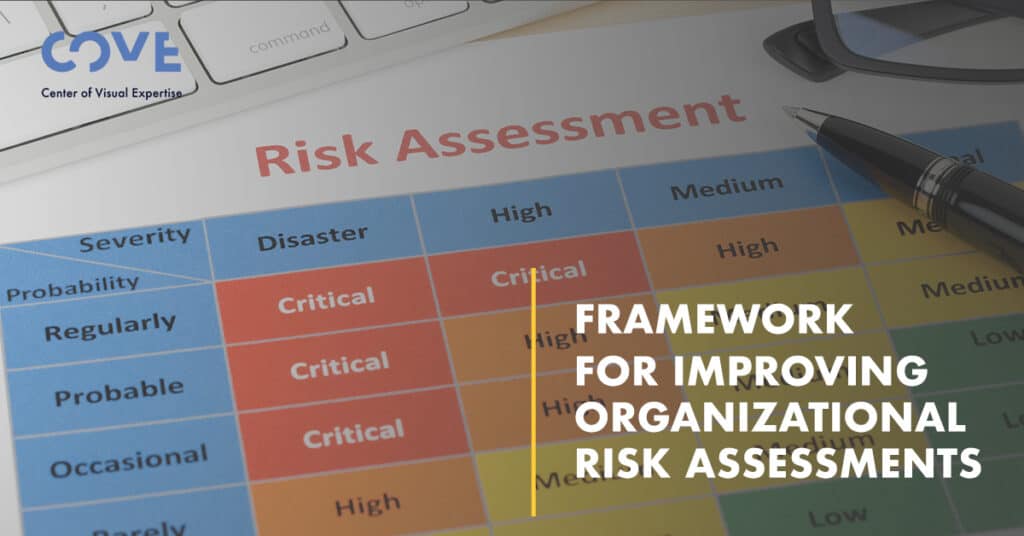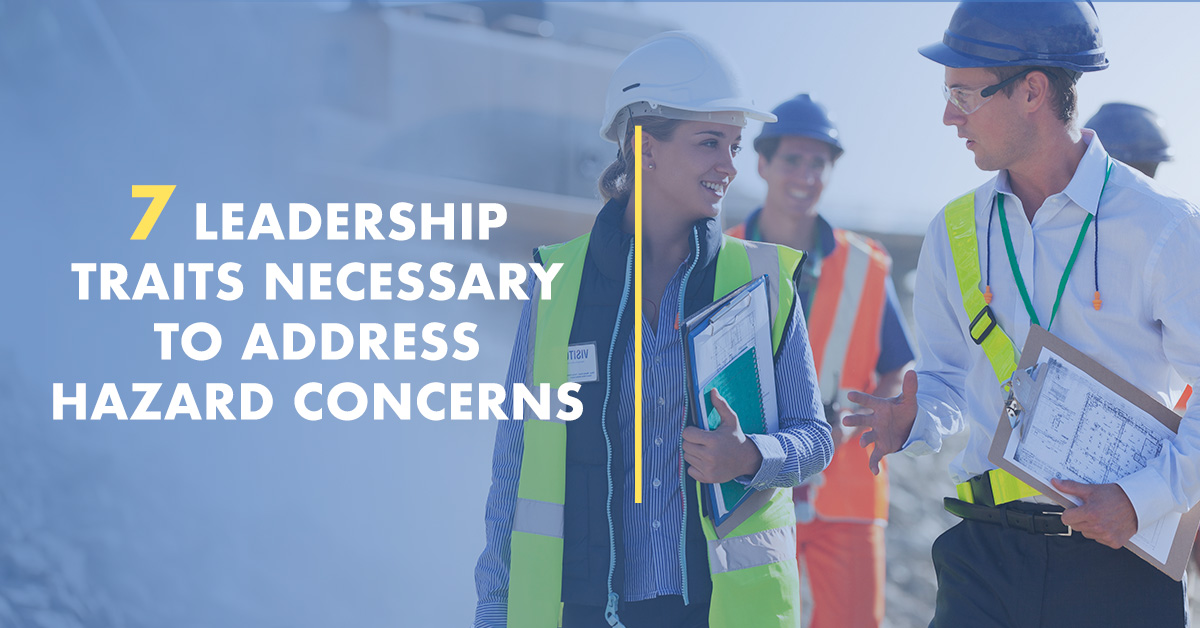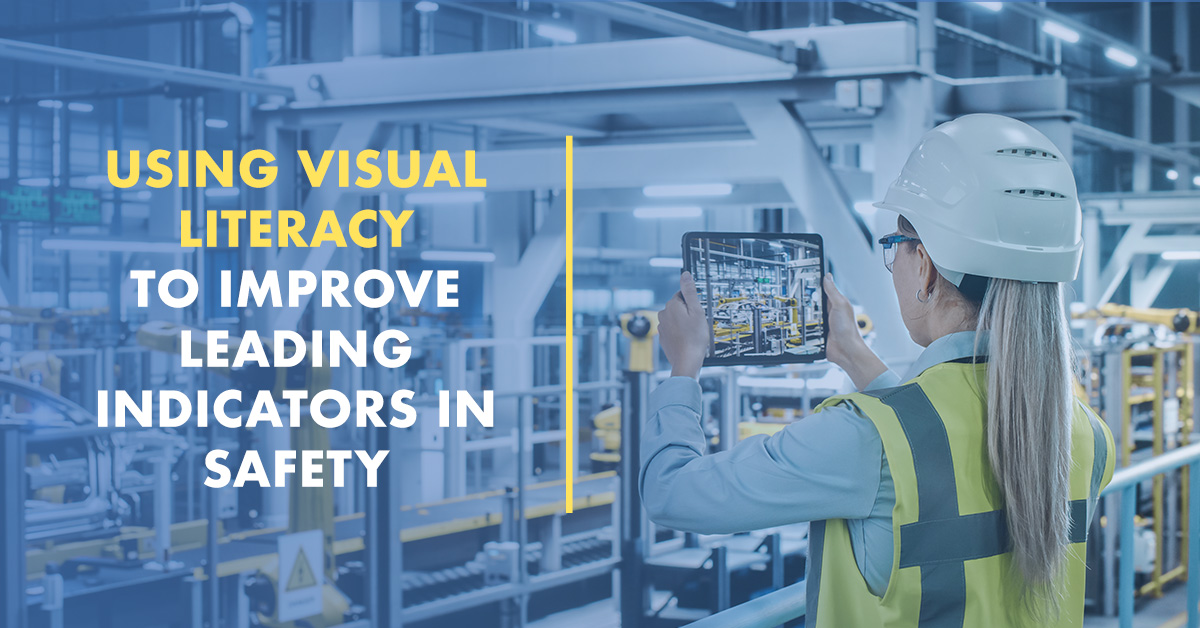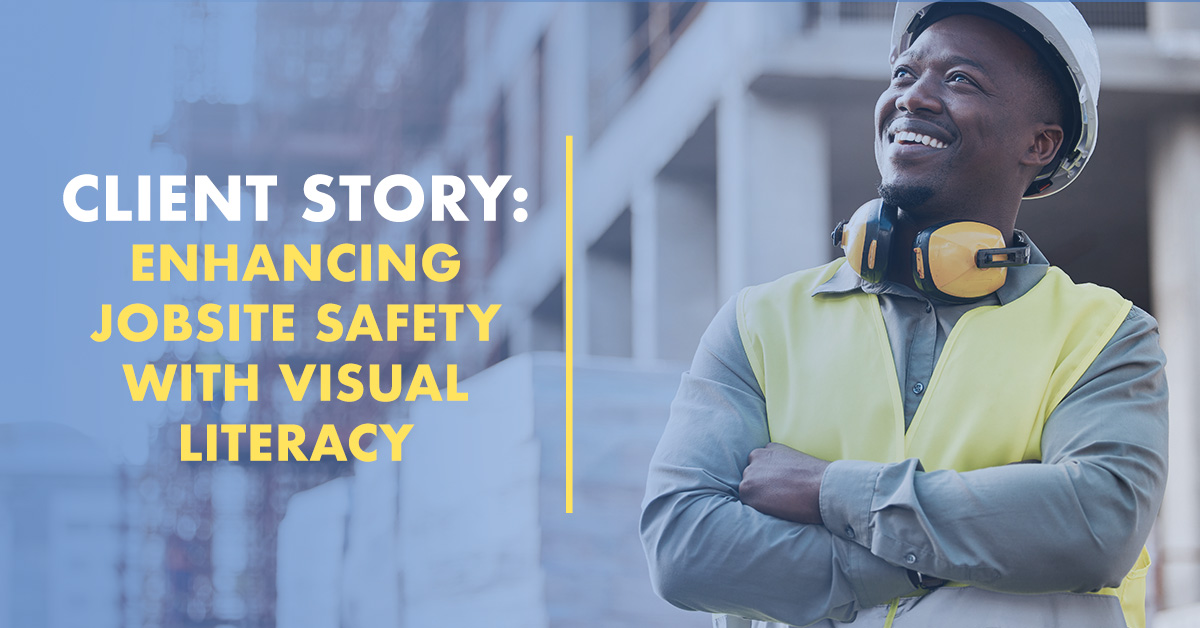Risk assessments are essential to a value- and culture-enhancing occupational health and safety management system. Risk assessment methodology involves these procedures:
- Identify hazards and risk factors that have the potential to cause harm (hazard identification).
- Analyze and evaluate the risk associated with that hazard (What is the severity of potential harm? What is the probability the risk could cause the identified consequence? How frequently is the risk exposure encountered by workers?).
- Determine appropriate ways to eliminate the hazard or control the risk when the hazard cannot be eliminated.
There is a distinct difference in the definitions of a hazard and a risk. A hazard is a potential harmful exposure to a physical condition (slippery floor, work at height, confined space, a highway work zone, etc.), an equipment deficiency (lack of guarding or lockout-tagout procedures), an environmental condition (noise, odors, heat, inadequate ventilation or lighting), toxic substances, insufficient work process safety controls, potentially dangerous behaviors, and organizational system pressures and stresses that can forsake safety and cause rushing, shortcuts and fatigue, for example. A risk is the chance, high or low, that a hazard will actually cause harm to someone.
Evolving Risk Scoring Techniques
Risks are scored and prioritized following assessments. Risk scoring traditionally has been based on a two-factor calculation involving the likelihood of occurrence and the severity of the consequences. In recent years, other factors such as failure detectability, frequency of exposure and control effectiveness have entered the equation.
Effective risk assessments take time and diligence. Risk assessments cannot be hurried, performed without commitment, and require critical thinking skills, such as employed in Visual Literacy.
Enhancing Risk Assessments with Visual Literacy
Visual Literacy is an essential skill to improve risk assessments. At any given moment you only see as much as 10 percent of what you think you’re seeing; up to 90 percent is filled in by your brain. This innate mechanism for coping with visual stimuli can lead to missing or overlooking hazards, as well as leading to errors that are caused by bias, assumptions (pre-cognitive commitment), and miscommunication. Assessing risks will be flawed if undermined by biases, assumptions, miscommunication and not Seeing the Whole PICTURE®.
These ramifications are concerning. In recent years, many corporate safety and health executives have adopted a risk-based approach to protecting their workforce and their organization. EHS professional focus has expanded beyond decades-old OSHA standards compliance “policing,” behavioral discipline and training and retraining. Professionals today identify, assess, manage and mitigate risks and exposures in the workplace. Popular occupational health and safety management systems such as ANSI/ASSP Z10 and ISO 45001 put a strong emphasis on risk assessment.
Placing a premium on risk identification, assessment and control is for naught if not performed correctly. Visual Literacy is a methodology shown to deliver significant results in how an organization and its workers are able to see hazards; and assess, mitigate and communicate risks. Data from cases studies and research indicates that Visual Literacy can substantially and positively improve the risk profile of organization.
Slowing Down to See More Clearly
A key principle of Visual Literacy is the need to slow down to apply tools that allow us to see more completely. Slowing down doesn’t need to take the form of lengthy time outs or production downtime. Consciously pausing and mindfully taking in all the visual data points (hazards) in your immediate environment makes for more holistic and detailed assessments. This can be done during informal walk arounds, formal audits, hazard hunts, find and fix campaigns, job hazard analyses, job safety observations, and also reviewing data. Risk assessment are based not only on visual inspections, but reviews of reports from employee observations, near misses, incident analyses; and analysis of injury and illness record keeping and trends.
For physical assessments of workplaces and human performance, Visual Literacy employs The Art of Seeing Art. This is a process taught in art education to better appreciate artwork. It starts with first looking and then taking the time to observe more closely. This results in seeing more than as little than the 10 percent of what you believe you are taking in.
The process continues by next describing what you see. This descriptive ability is critical for risk assessments. Descriptions of hazards are analyzed and interpreted in the Visual Literacy process to help determine their potential severity, probability and frequency. These assessments are then communicated to help create the risk profile, score or matrix for an organization.
Visual Literacy’s critical thinking also requires diversity and inclusion. Effective risk assessments require more than one set of eyes. Include the perspectives and experiences of a diverse range of managers, supervisors and front-line employees when assessing risks.
Reducing Bias with Diversity and Inclusion
Diversity and inclusion reduce the probability of cognitive biases interfering with the assessment of risks. These biases include:
1
Over-confidence in one’s ability to assess hazards
2
Seeking out hazard information and data that confirms one’s pre-existing assumptions and ignores contrary information
3
Risk habituation – one’s decreased sensitivity to visual inputs (hazards) after repeated exposures to the environment.
The Role of Data in Risk Assessments
Risk assessments review data as well as environmental inspections. The principles of Visual Literacy are equally relevant when assessing safety and health-related data. This is the age of Big Data, an avalanche of statistics, reports, exposure measurements, trend lines and patterns. An organization’s risk assessments could involve years’ worth of injury, illness and near miss records, sliced and diced by departments, shifts, times of the day, days of the week, etc. Data might also involve documented audit findings and hundreds or thousands of behavior-based safety observations.
Careful assessment of this evidence can’t be rushed. Slowing down again comes into play. Take the time necessary to critically analyze and interpret the numbers, trends, patterns and analytics. Accurately and concisely describing and communicating a wide variety of data inputs can make or break a valid assessment of risk and compiling a risk profile.
Building a Safer Workplace with Visual Literacy
Visual Literacy is often used for hazard recognition. Whether hazards are identified through physical inspections or data mining, this recognition is an essential building block of accurate and meaningful risk assessment. Visual Literacy methodology revels gaps and hidden hazards in safety and health processes. The result: thorough, accurate and potentially life-saving risk assessments.




